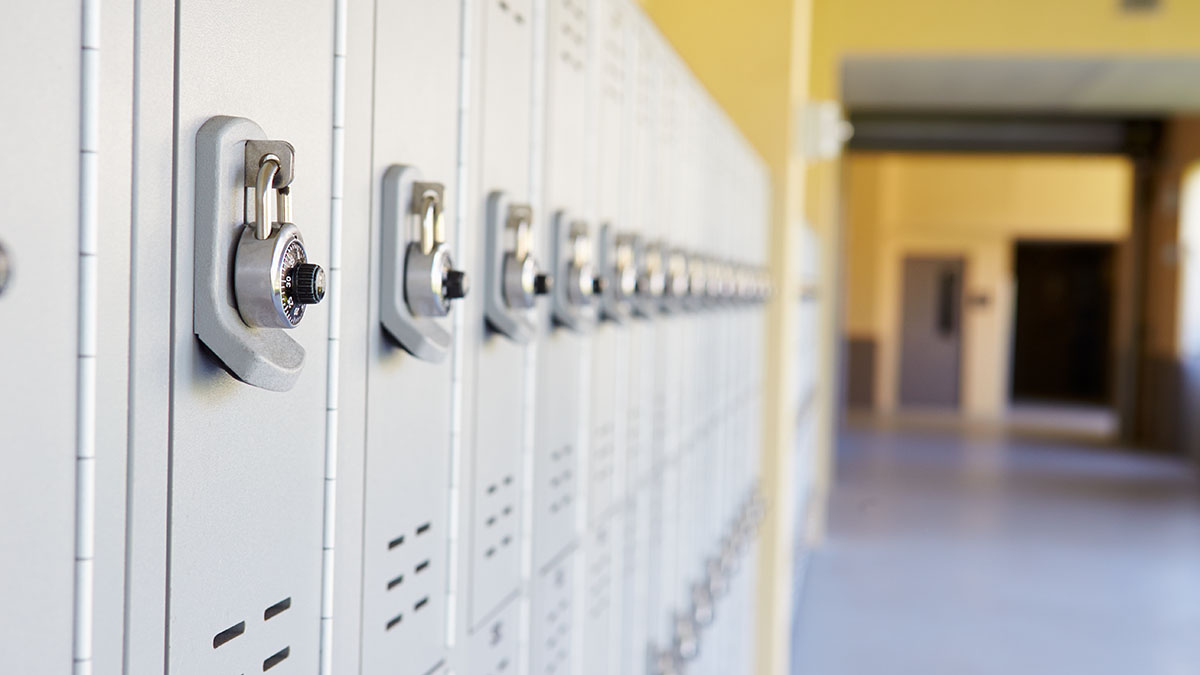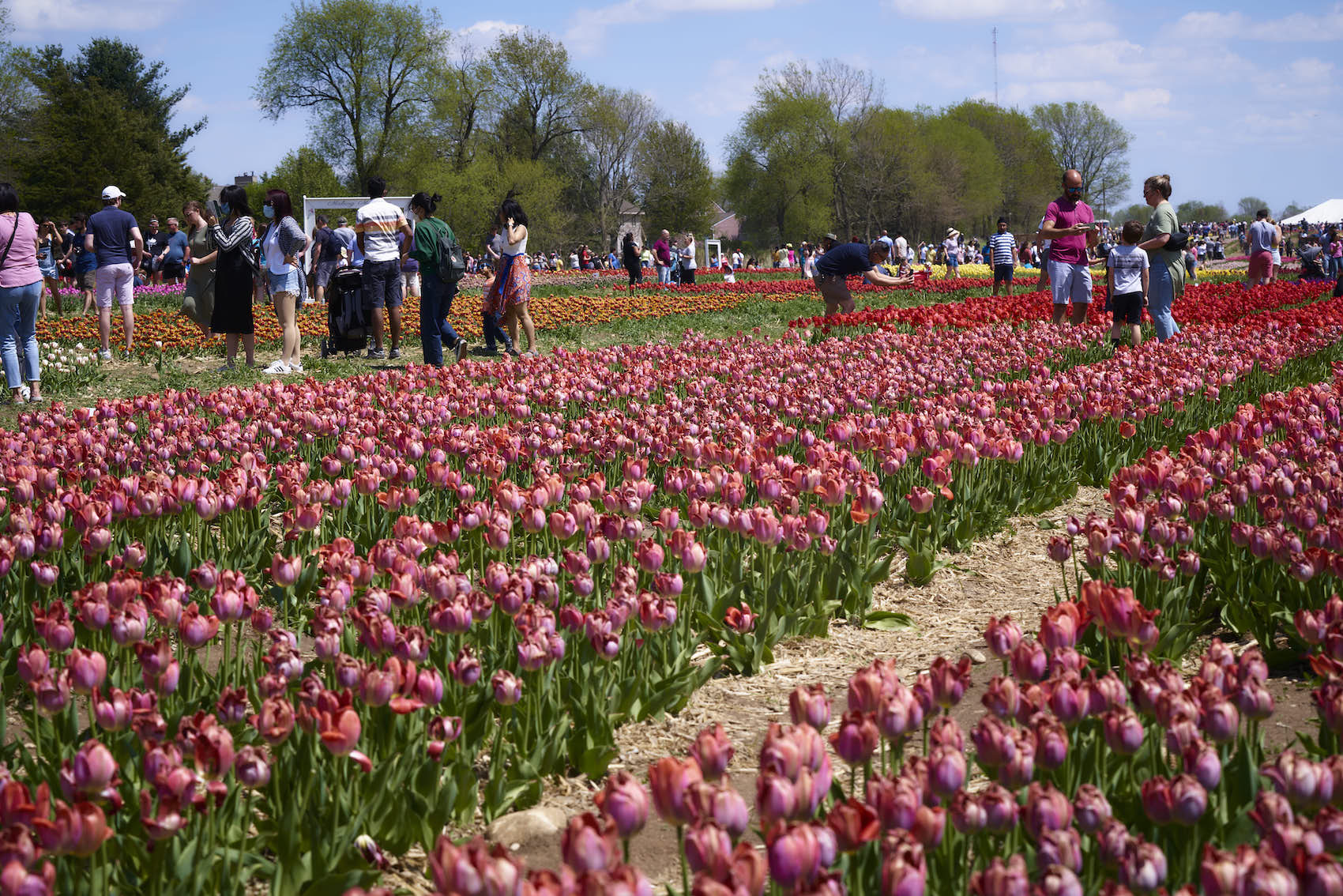Illinois' top leaders trumpeted the benefits of automatic voter registration when signing a bipartisan plan in 2017 to change how the state finds and signs up eligible but unregistered voters: more civic participation, fewer barriers to the ballot box and modernized systems. But Illinois hasn't lived up to its promise, rolling out automatic voter registration far behind schedule and struggling with other changes the law made.
Interest in automatic voter registration has surged since Oregon became the first state to approve it in 2015. Nearly 20 states have approved some form. But the delays in Illinois, and elsewhere, have elections experts and advocates worried, saying it's meant missed opportunities for voters and less time to work out potential problems ahead of 2020. The challenges could offer a glimpse of what's in store for other states trying out the increasingly popular voter reform.
"There are a lot of advocates and community members who thought the bill was signed, a switch was flipped. That we won. In fact, that's not the case," said Jay Young of Common Cause Illinois, which backed automatic voter registration. "This is exceptionally frustrating."
Illinois gained national attention in 2017 when then-Gov. Bruce Rauner was among the first Republican governors to support automatic voter registration. The law set a July 2018 deadline for the secretary of state's office to offer automatic voter registration.
The office was a year late, first offering it in July.
Roadblocks have included old technology and state data that's not compatible with what's needed to automatically register to vote: verifying a person is a U.S. citizen, 18, and has a local address.
Secretary of state officials say they were late because the law tied automatic voter registration to Illinois' implementation of REAL ID, which also lagged behind schedule. The 2005 law tightening rules for identification at airports and federal facilities requires applicants to show documents proving U.S. citizenship, making it ideal for automatic voter registration.
Local
"We moved as quickly as the programming would allow," said Dave Druker, a spokesman for Secretary of State Jesse White. He said the stakes are too high to rush and the office wanted to ensure integrity of voter information. The agency did overhaul its opt-in voter registration system last summer under the law.
Illinois residents also can still get driver's licenses that aren't tied to REAL ID. Those people aren't automatically registered to vote, and still must "opt in" through a process that's long been offered and requires proof of age, address and attesting to the fact that one is a U.S. citizen.
Civic interest groups say Illinois still isn't where it should be and they're considering legal action. They issued a demand letter in December, with concerns about the rollout and saying the process is cumbersome. They'd hoped to add 1 million new Illinois voters through automatic voter registration over time.
So far, roughly 25,000 have been automatically registered to vote since July. Overall, roughly 600,000 have been registered since July 2018, through all the changes in the law, including new opt-in processes.
Elections experts say having automatic voter registration for elections in 2018 and 2019, as designed, would have offered additional peace of mind.
"It's helpful to have that come out in a midterm year or odd year where election officials have an opportunity to make fixes without the pressure," said Barry Burden, a director of the University of Wisconsin-Madison's Elections Research Center. "The presidential (election) puts the most stress on any system than any other contest."
Other states have also experienced delays. West Virginia passed an automatic voter registration law in 2016, but still doesn't have agency infrastructure to support it. State officials are eyeing a 2021 implementation. California has had issues and faced a lawsuit with its 2018 program. An audit found technical problems that led to discrepancies in voter registrations sent to the secretary of state.
Still, momentum for automatic voter registration grows. Michigan started offering it this year, and Maine approved it in June.
The draw is clear. States with automatic voter registration have seen a huge increase in registrations. Oregon, which has been held up as a national model, quickly added about 300,000 voters. Illinois says new registrations are coming in on a regular basis.
While there's little research on whether increased registration boosts turnout, experts say registered voters get more attention from campaigns and their concerns are better heard.
"Once you get on the rolls, a lot of other things happen," said Myrna Perez with the Brennan Center for Justice, which supports automatic voter registration.
The Illinois law also required four additional state agencies — the departments of Employment Security, Financial and Professional Regulation, Human Services, and Natural Resources — to register people to vote with an opt-in process by July. For now, the agencies have rolled out partial processes that election officials have to finish or they direct people online to a State Board of Elections website to register. Nearly 250 people have registered because of agency interactions since July, election officials say.
State officials say little planning was done during Rauner's tenure and they hope to address technological issues soon, perhaps within months. Each agency has different problems, complicating matters. For example, Employment Security is funded mostly with federal money that can't be used for voter registration; it's expected to seek state funds.
"We have to get it right," said Ann Spillane, general counsel for Democratic Gov. J.B. Pritzker's office. "That is the missions and the focus right now."



